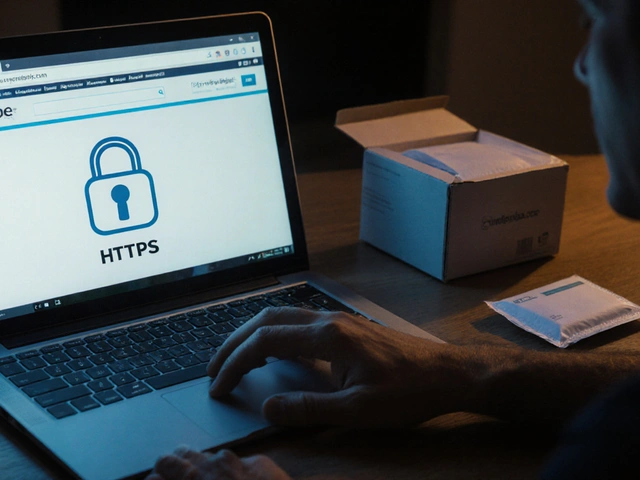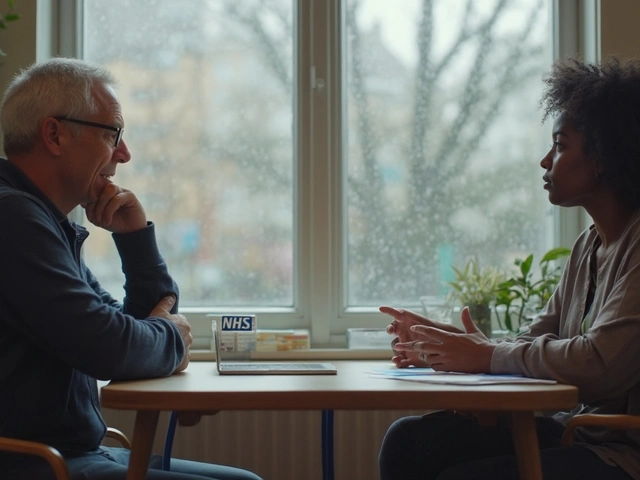Skin infections: how to spot, treat, and stop them
Skin infections are common and usually fixable, but they can get serious fast. You’ll see redness, swelling, pain, warmth, or pus. Sometimes there’s itching, flaky patches, or blisters. Know the signs so you can act fast and avoid complications.
Common types and what they look like
Bacterial infections: Impetigo looks like honey-colored crusts, often around the nose and mouth. Cellulitis causes a swollen, red area that spreads and feels hot; it can come with fever. If you see a boil or abscess, that’s a localized bacterial infection and may need draining.
Fungal infections: Ringworm (tinea) makes round, scaly patches with clear centers. Athlete’s foot causes itchy, cracked skin between toes. Yeast infections (Candida) show red, moist rashes in skin folds.
Viral infections: Shingles causes painful, blistering stripes on one side of the body. Warts and cold sores are viral too, but behave differently.
Parasitic: Scabies causes intense itching and small burrow marks, especially at night.
Quick practical treatment and home care
If it’s a small cut or scrape: clean with soap and water, apply an antibiotic ointment like mupirocin or bacitracin, and cover with a sterile bandage. Change dressings daily and watch for spreading redness or fever.
For fungal rashes: topical antifungals like clotrimazole or terbinafine applied twice daily usually clear tinea and athlete’s foot in 2–4 weeks. Keep the area dry; fungi love moisture.
When bacteria are deeper or spreading (cellulitis) you’ll likely need oral antibiotics. Doctors often choose cephalexin or amoxicillin-clavulanate; if MRSA is possible, options change. Don’t try to handle deep abscesses yourself—seek care for proper drainage.
Shingles may need antiviral drugs (acyclovir, valacyclovir) started early to limit pain and complications. Scabies requires prescription topical treatment and washing bedding at high temperature.
Watch closely: get medical help if you have fever, spreading red streaks, rapidly growing redness, severe pain, pus that won’t stop, or if you’re diabetic or immunocompromised. Those are warning signs that the infection could be serious.
Preventing skin infections is simple and effective: clean and dry wounds, avoid sharing towels or razors, trim nails, wear breathable clothing, treat athlete’s foot early, and keep chronic wounds checked. If you have pets, note that ringworm can pass from animals—see a vet and a doctor if needed.
Final practical tip: when in doubt, take a photo and show it to a clinician. Early treatment stops complications, saves time, and keeps small problems from becoming emergencies.
As a copywriter, I've recently been researching the role of cefpodoxime in treating skin and soft tissue infections. From what I've discovered, cefpodoxime is an effective antibiotic that targets a wide range of bacteria, making it a popular choice for treating various infections. In cases of skin and soft tissue infections, such as cellulitis and abscesses, cefpodoxime has been found to be quite beneficial. It not only helps in eliminating the infection but also in reducing inflammation and speeding up the healing process. Overall, cefpodoxime seems to play a crucial role in treating skin and soft tissue infections, providing relief and promoting recovery.
Read more






